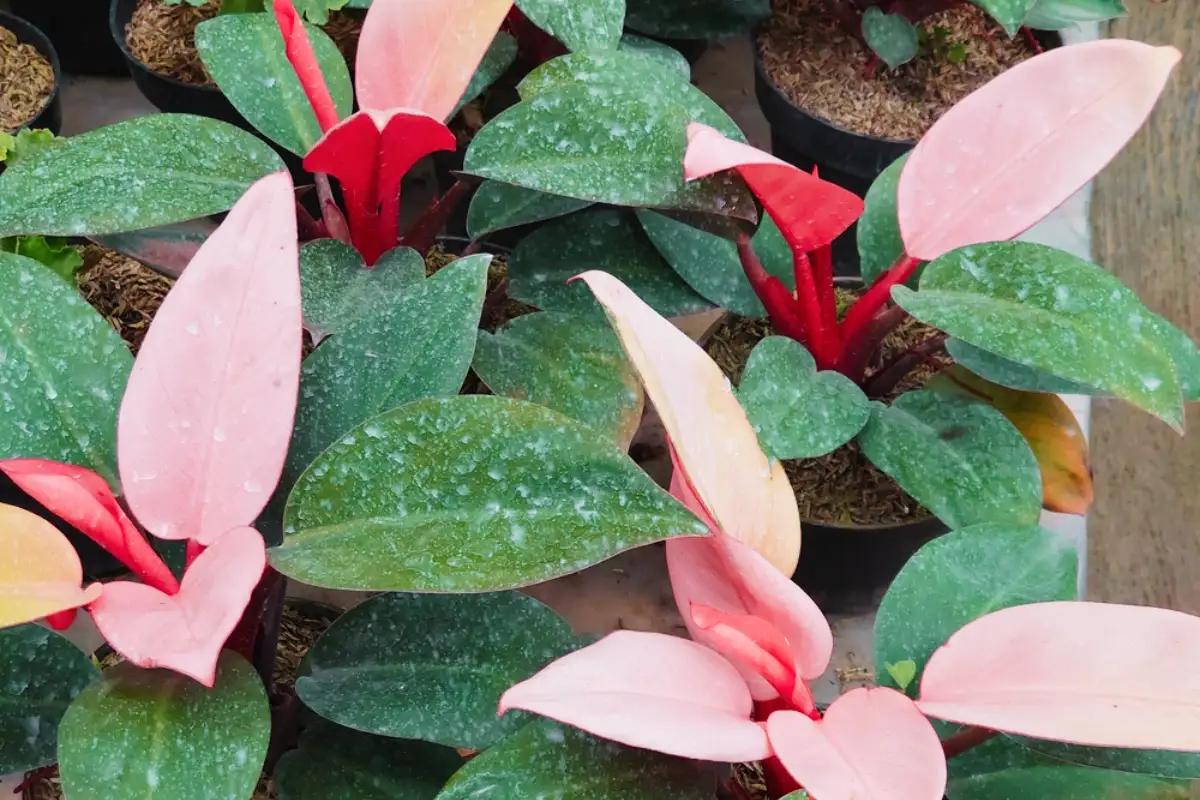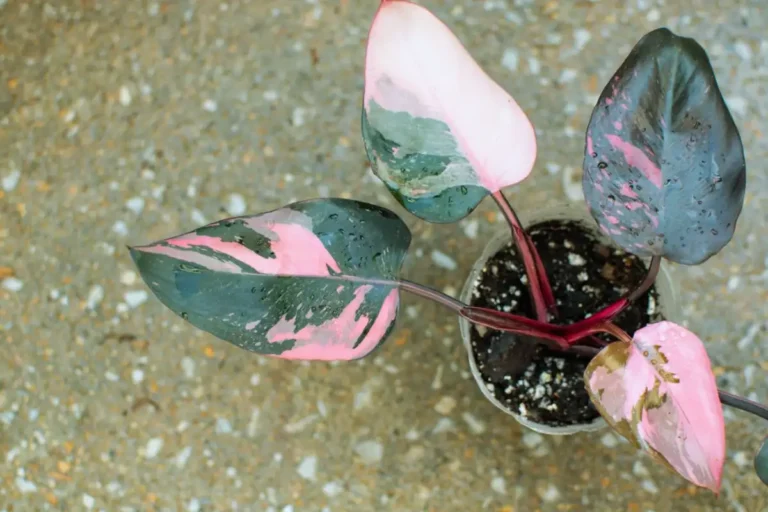How to Propagate Pink Princess Philodendron – All Methods

Not long ago, a reader shared their frustration with propagating a Pink Princess Philodendron—struggling to identify nodes, dealing with slow rooting, and even losing variegation in new growth. These challenges are common, but they don’t have to be. With the right guidance, you can avoid root rot, promote vibrant variegation, and successfully propagate your plant. This guide is here to address those pain points and give you all the tips you need to confidently grow your Pink Princess.
Instant Answer
Propagate your Pink Princess by taking a cutting with a node and rooting it in water, soil, or through air layering. Choose the method that suits your setup, and ensure bright, indirect light and proper care for success.
When to Propagate Pink Princess Philodendron
Best Seasons for Propagation
The lifespan of Pink Princess Philodendron is depended on its propagation and the best time is during spring or early summer when it’s actively growing. If you keep your plant outdoors, the warm weather and bright light create ideal conditions for faster root growth. Avoid winter propagation, as the plant’s growth slows, reducing success rates.
Signs Your Plant Is Ready
Nodes Before Propagation
By focusing on the right season, plant readiness, and proper node identification, you can ensure successful propagation of your Pink Princess.
Different Methods of Pink Princess’s Propagation
Propagate your Pink Princess using four methods: water propagation to watch roots grow, soil propagation for strong root systems, air layering for larger plants, or division for mature ones. Each method suits different needs, ensuring success for any plant parent.
Stem Cuttings in Water
Want a simple, beginner-friendly way to propagate your Pink Princess? Water propagation lets you watch roots grow right before your eyes, making it both easy and satisfying.
Stem Cuttings in Soil
Looking for a direct method to grow a healthy Pink Princess? Planting cuttings in soil mimics their natural environment, encouraging strong root systems.
Air Layering
Struggling to propagate a larger Pink Princess? Air layering is a foolproof method that grows roots directly on the parent plant before separation.
Division (for Mature Plants)
Got a mature Pink Princess that’s outgrowing its pot? Division is a quick and effective way to create multiple plants while reducing overcrowding.
Each method caters to different needs, making propagation a rewarding journey for every plant parent.
Common Problems and Solutions in Propagation
Root Rot
Drying Cuttings
Fungal Issues
Propagation Failures
Final Thoughts
Propagating your Pink Princess Philodendron is an exciting journey, whether you choose water, soil, air layering, or division. By understanding when and how to propagate, the importance of nodes, and troubleshooting common problems, you now have the tools to grow healthy new plants. With this guide, all your questions about propagation are answered, and you can confidently create a thriving collection of these stunning pink beauties. Trust your green thumb—you’ve got this!






